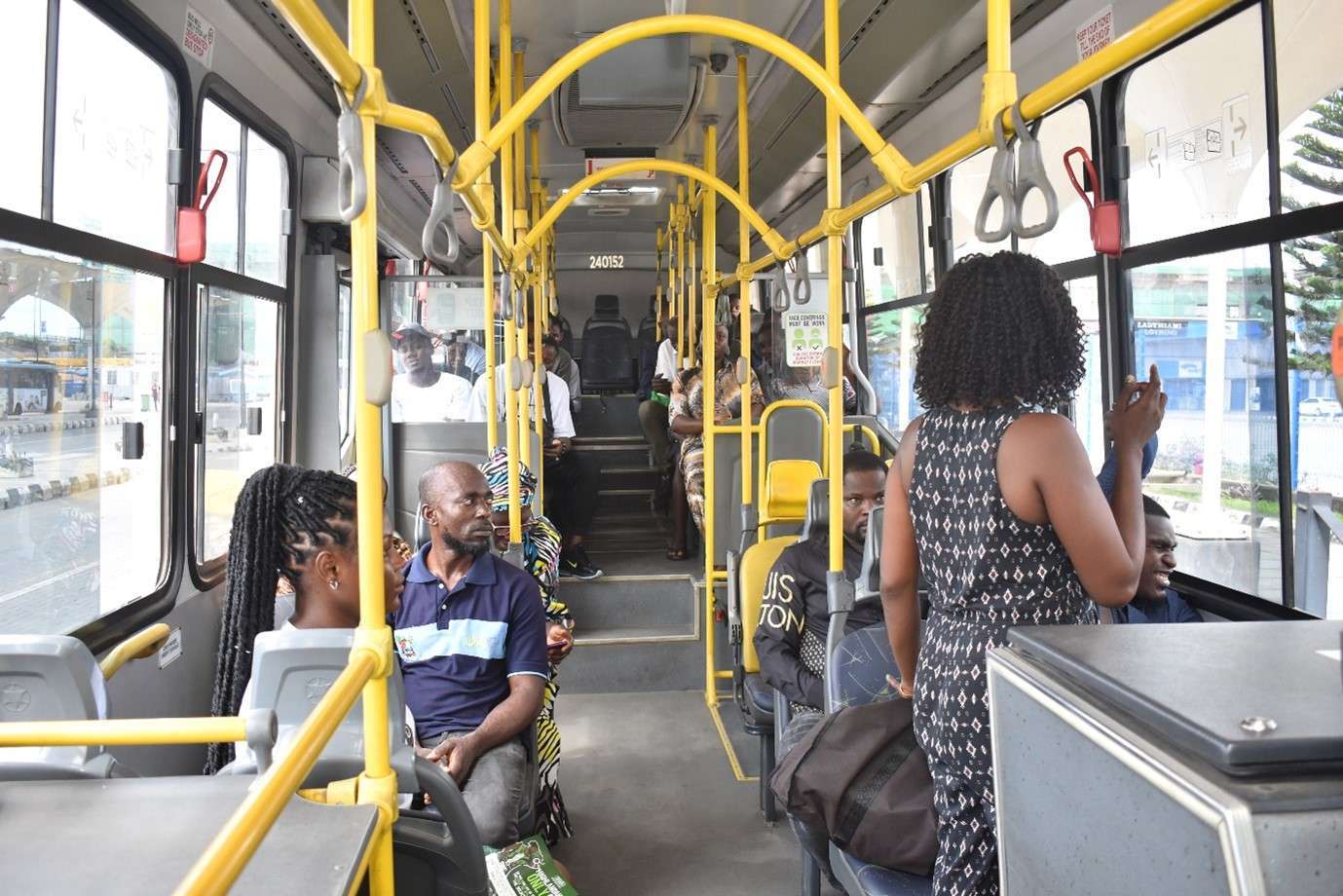
Transport and urban development are intrinsically linked and are vital to growing economic activity and ensuring social wellbeing. Transport ensures the everyday mobility of people, which is necessary for development especially in low-income countries (LICs).
It is also especially important for vulnerable groups in society. Globally, studies show that women and girls are far more likely than men to feel unsafe on urban public transport, with a growing number experiencing harassment of a sexual nature.
Gender is a significant factor in the choice made by women of the transport they will use, such as a bus, train, or car. Additionally, women’s travel patterns and needs tend to be more complex than that of men, creating issues when public transport can be unsafe. In trying to create and improve safe public transport for women and girls, policymakers and transport providers need to recognise and understand the problems women face.
Last week in Lagos, Nigeria, with our partners Vectos, DT Global’s High Volume Transport (HVT) Programme, funded by FCDO, officially launched a practical tool, SHE CAN, from one of our key research projects of the HVT programme called project EMPOWER. HVT developed this practical tool for policymakers and transport providers. The tool is a user-friendly, web-based resource that will provide step-by-step guidance, assisting policymakers and transport providers to develop an evidence-based approach to addressing sexual harassment within public transport, and ultimately improve female access to education, employment, and leisure. The programme has also published a literature review examining the tool and the issue of sexual harassment on public transport.
“Addressing Harassment and Gender Based Violence is becoming more mainstream, and the data confirms the need for the intervention. Local authorities and public operators need to lead,” says Professor Marianne Vanderschuren, Centre for Transport Studies. “The SHE CAN tool has been developed as the volume of information for stakeholders is too large to navigate unaided.”
Research as part of developing the tool highlighted the staggering extent to which women’s safety is compromised on public transport in the cities where evidence was gathered, and the urgent need for tools to address the issues.
In Rwanda, the project found that 55% of women reported that they were concerned about travelling to educational institutions after dark in Kigali. In Kenya 54% of women interviewed in 2012 said they had experienced some form of gender-based violence whilst using public transportation.
Addressing gender inequalities and gender-based violence is key for mobility research and mobility development. Unequal access to transport has an evident gendered impact, and the launch of the SHE CAN tool will support policymakers and transport providers in tackling sexual harassment in African cities.
This important step is just one of a number we are making to ensure policymakers and transport providers recognise and understand the issues of gender inequality and use the evidence from our research to bring about meaningful change to urban transport through the HVT programme.